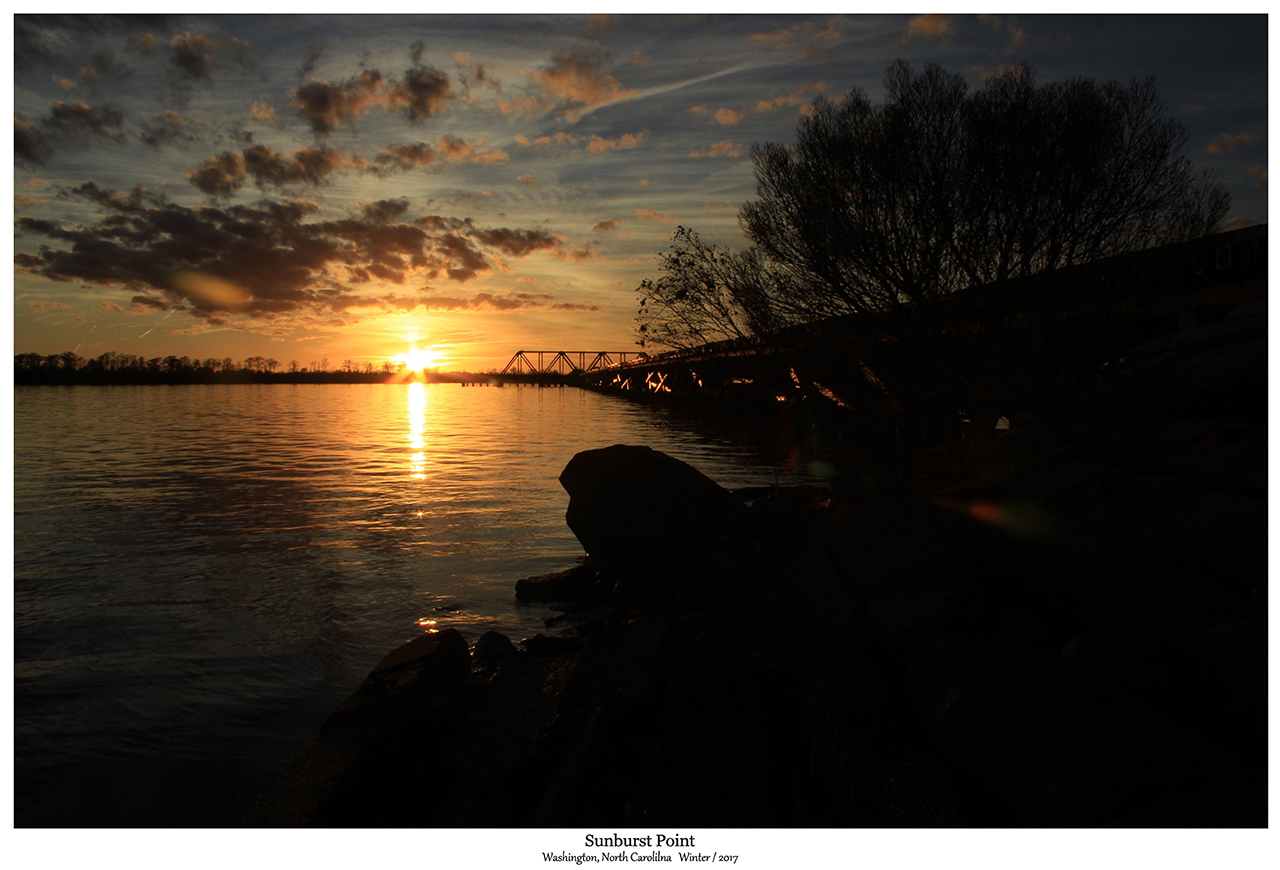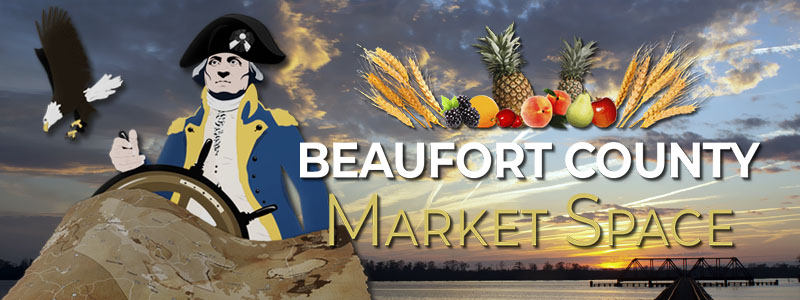However, photography is not an artform, unless, and this is a huge unless; one deliberately puts themselves in that special place to make that special image, or, moreover, has a body of work where they have done so to elicit a visceral emotion from more than a handful of knowledgeable people. If diligently done with the truest intent to achieve that very special image, a photographer might actually capture that artistic "lightning in a bottle" moment for all posterity. But, those are very rare moments indeed, ergo, that is the real art of a phographer.
On the other hand, if a photographer can achieve craftsman-like consistency in making compelling images, while continuing to adapt and learn, they may achieve the lofty status of craftsman, and that is a fine attainment of (self) respect, but declared as an artist because you strive to become one with a complex camera in hand ... it is a bit of a stretch.
In reality, not everyone who owns a highly functioning camera discovers that sweet spot, where their images are somehow more magical, more fully representative of the majesty of the moment that they were most fortunate to experience. To be truthful, more people own highly capable cameras than anytime in the history of the World, yet, the quality of images made have not grown proportionately. Additionally, I would argue that images that are manipulated by an abundance graphics enhancement (photoshopping) miss the whole point of the essence of what photography is truly about at its core - to capture and preserve the moment in its truest light.
Sadly, there is a school of wrong headed conventional thought that encourages the photoshopping of reasonably good photographs, and then passing them off as art, and also being rewarded as such in juried art shows. This rewarding of significantly altered images is a major detriment to the craft of photography, while legitimizing this misconceived application that two separate skills combined will elevate successfully altered images to the level of art. This encouraged acceptance of taking marginally good pictures, and then enhancing the finished product will insure that 1) many photographers will become more lax in learning the essentials of efficient use of their DSLRs; 2) many photographers will not go to the lengths to put themselves in the proper position, at the proper time to make that memorable image of a moment in time.
 My wife, exclusively her idea, entered these works of mine in a local juried photography exhibit as a themed pair of the Pamlico River Trestle. Neither were photoshopped; these images represent the full reality of that moment in that time. When we visited that show, we were astounded to find the pair of themed images separated, and banished to the far edges of the show in disparate corners, and hung in a haphazard manner, far from eye level (even we had trouble finding the non photoshopped images carefully framed). I told my wife, "I guess you have to try everything at least once." We may enter another juried show somewhere, but ... not there, not ever again. I know when and where to keep a wise distance: Above and below. photos by Stan Deatherage Click images to expand.
My wife, exclusively her idea, entered these works of mine in a local juried photography exhibit as a themed pair of the Pamlico River Trestle. Neither were photoshopped; these images represent the full reality of that moment in that time. When we visited that show, we were astounded to find the pair of themed images separated, and banished to the far edges of the show in disparate corners, and hung in a haphazard manner, far from eye level (even we had trouble finding the non photoshopped images carefully framed). I told my wife, "I guess you have to try everything at least once." We may enter another juried show somewhere, but ... not there, not ever again. I know when and where to keep a wise distance: Above and below. photos by Stan Deatherage Click images to expand.

A case in inexorable point is, at that aforementioned photography exhibit, I eavesdropped on one of the uninspired photoshop guys, who did win some awards, as he attempted to explain his "artistic" inspiration regarding the photograph, which led me to immediately recollect a movie that was not especially great as a film, but, like
"Idiocracy" by Mike Judge, highly memorable as allagorical truth - "
Art School Confidential". Whenever I am put into an environment to notice, and be reminded by this pretentious behavior, I empathetically feel a transference of embarrassment; whereby, I strongly wince, and am reminded that there must be a better purpose for a photographer - record the moment, and make it look special, and use the image to provide visual context to others. That is what good photographers do with the medium. Is that not enough?
The simple truths of every good photographer in making an outstanding photograph, one that may robustly affect another of our humankind viscerally is: 1) Know the capabilities of your camera; 2) have a very steady hand; 3) frame the shot for effect; 4) place yourself and your camera where a special moment will occur. That last modicum of advice of being in the right place at the right time is the most crucial, and, accordingly, the most difficult to achieve.
Photography is a skill, a finely honed craft, and competent, inspired photographers deserve our respect, but to hail, as artists, the lot that pretentiously struggle to photoshop their craft into pieces of
tortured art is the miscarriage of their far too often rewarded capabilities, and it truely the height of pretentiousness of any talent.



























We use photoshop here at SNI as a wonderful design tool, we teach photoshop, and while, I do not have time to learn the tool completely, and I plan to, I know it when I see it